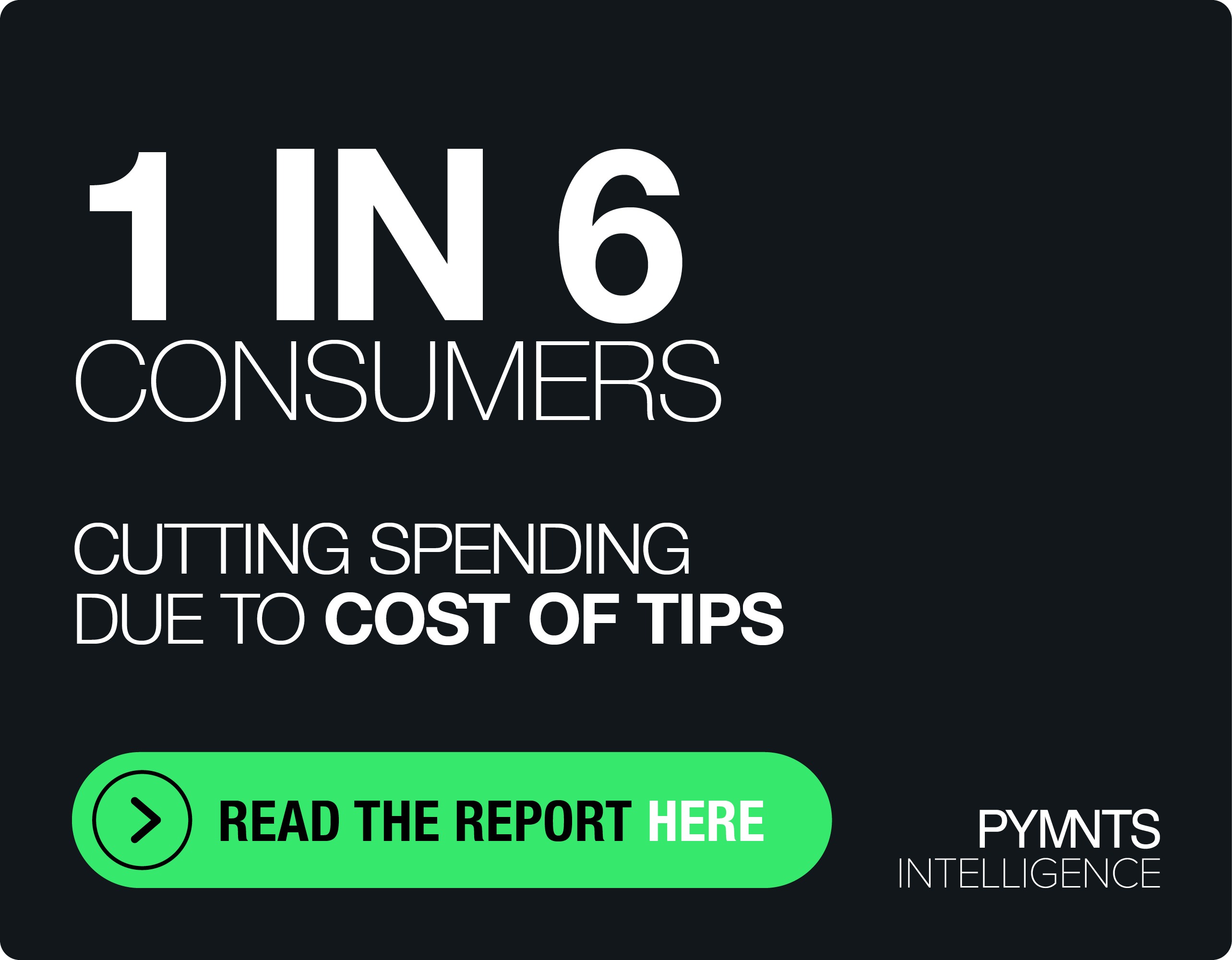South Korea OKs First Banking Expansion in 30 Years

South Korea has launched a major expansion of its banking sector, currently dominated by just five lenders.
The country’s Financial Services Commission (FSC) announced Wednesday (July 5) that it will permit more online banks, allow regional banks to expand their operations, and — for the first time in 30 years — greenlight the establishment of a new nationwide bank.
“Due to the oligopolistic nature of the banking industry, there has been a widely-held view among the public that banks are reluctant to make changes despite their easy profitmaking structure,” the FSC said in a news release.
“Therefore, the main purpose of the reform measures prepared by the taskforce is to promote fair and effective competition in the banking sector — but more importantly, competition driven by market forces.”
The FSC says it also wants to help FinTechs and nonbank financial institutions compete with banks, and plans to “promote savings banks’ M&A activities to bolster their competitiveness and to boost competition in the deposit and loan markets.”
This is happening at a time when, as covered here last month, banks and FinTechs are increasingly depending on each other for data sharing and compliance to help meet the needs of digitally native consumers.
Research in PYMNTS’ report “The FinTech-Bank Relationship Shifts Toward Collaboration” found that 65% of banks and credit unions have entered into at least one FinTech partnership in the last three years, with a little more than three-quarters of banks seeing FinTech partnerships as crucial to meeting customer expectations.
“The new financial services landscape is being reshaped by ongoing partnerships and collaborations that focus on the same end goal: improving the user experience,” PYMNTS wrote. “By using flexible deployment options, including application programming interfaces (APIs) and customizable feature sets, collaborations between banks and FinTechs allow firms on either side of the partnership to come away with value-add integrations.”
The report also showed that 95% of banks are focusing on leveraging partnerships to improve their own digital product offerings.
However, additional PYMNTS and Treasury Prime research finds that widespread embrace of digital-only banking alone has been a slow transition.
According to “How Customers Use Digital Banks,” while 42% of consumers had used platforms like PayPal or Venmo in the year before being surveyed, that number falls to 25% when it comes to those using a digital-only bank in the same time period.

